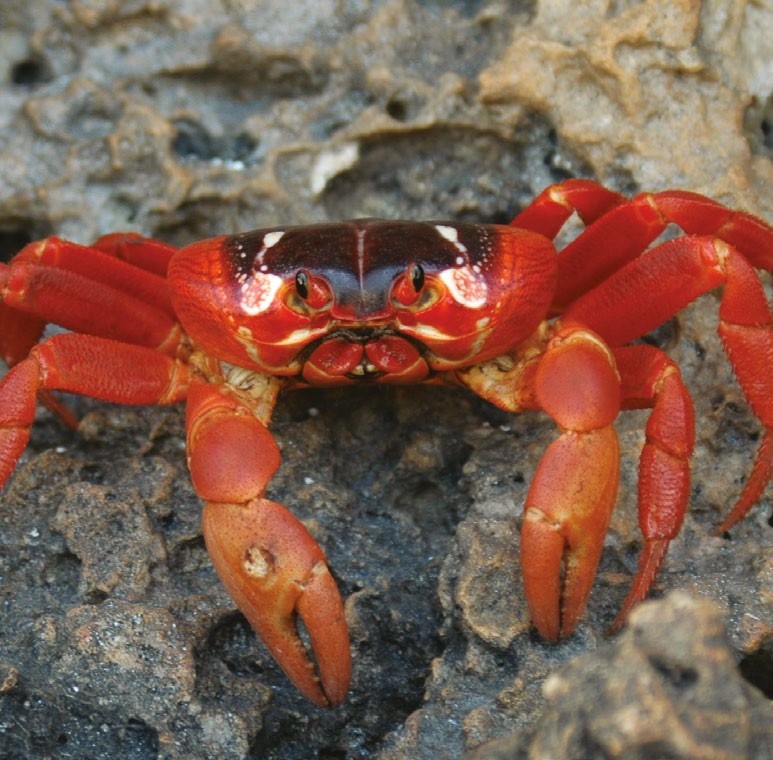Crabs have evolved to migrate from the sea to land then back again multiple times over the last 100 million years. In a new study, researchers found that true crabs, which consist of 7,600 species across 109 families, have evolved to migrate from marine to land habitats between 7 and 17 times. They also found that on two or three occasions, crabs even went back to the sea from land. Researchers set out to discover how often and when true crabs left the marine environment for land. They compiled three new datasets for 333 species of true crabs from 88 families, including both marine and non-marine groups.
Using the entire crab fossil record, the researchers applied two mapping pathways: one where the crab goes from a fully marine environment to land directly through intertidal zones such as beaches, and a second where the species migrates from fully marine to land indirectly, through estuaries, fresh water, riverbanks, coastal forests and jungles. Their findings suggest that true crabs emerged about 45 million years earlier than previous estimates and could date back to the mid-Triassic period, making them as old as some of the earliest known dinosaurs.

The Christmas Island red crab is a species of true crab that lives on land